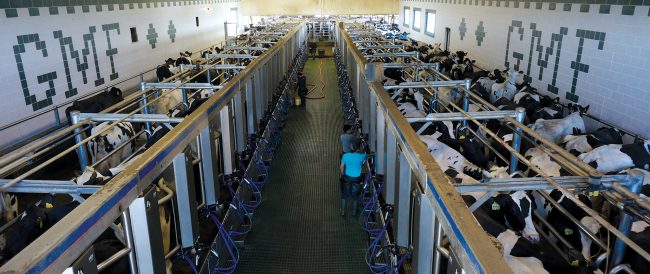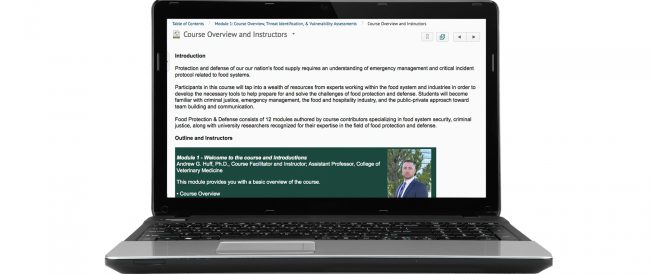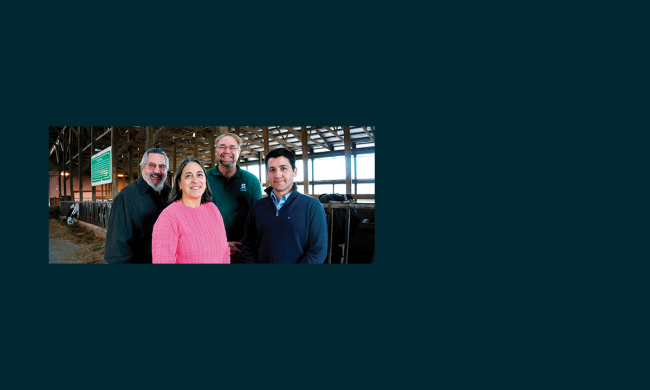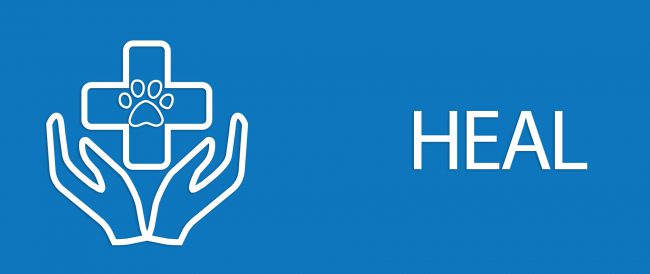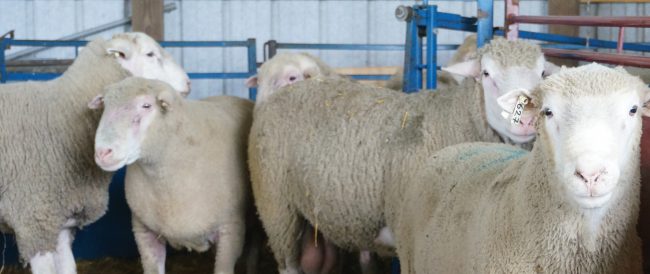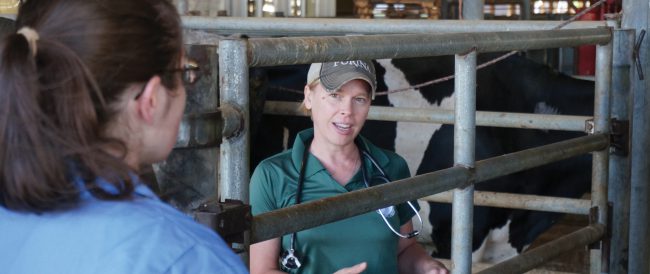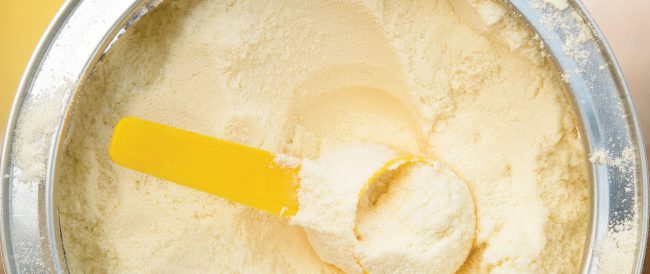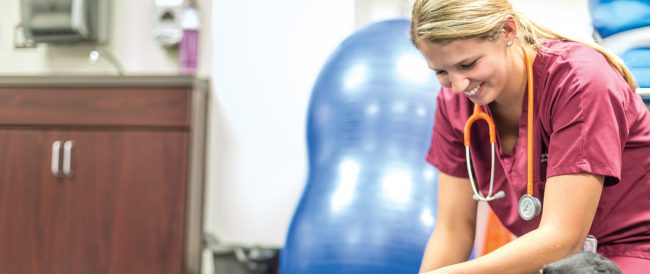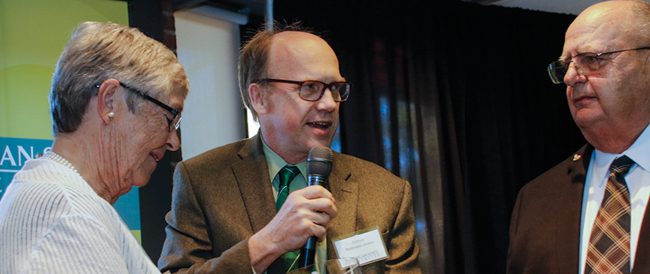 Read More
Read More
to Mediate GI-Triggered Autoimmune Disease.
Dr. Linda Mansfield, an Albert C. and Lois E. Dehn Chair and University Distinguished Professor, can often be found in MSU’s Food Safety and Toxicology Building, where her research laboratories are located. She is researching the role of the human gut’s microbiome in disease development, specifically gastrointestinal (GI) diseases caused by food poisoning.
“By studying enteric pathogens that cause GI disease, we can look at their genes that cause virulence and how they evolve in the host,” says Mansfield. “This can give us a better understanding of how these bacteria can trigger acute and chronic diseases.”
“By studying enteric pathogens that cause GI disease, we can look at their genes that cause virulence and how they evolve in the host. This can give us a better understanding of how these bacteria can trigger acute and chronic diseases.”
— Dr. Linda Mansfield
One group of diarrhea-inducing bacteria is from the genus Campylobacter. According to the Centers for Disease Control and Prevention, Campylobacter are bacteria responsible for much of the diarrheal illness in the United States. It is estimated that more than 1.3 million people are affected annually by Campylobacter—but Mansfield says that number is likely much higher because many infections go unreported. Campylobacter is commonly found in chickens and other birds, which act as ideal reservoirs for the bacteria (Campylobacter can, however, be found in other animals; in September 2017, an outbreak was linked to a chain of pet stores).
Campylobacter jejuni (C. jejuni) is the species responsible for most human illness, and has been Mansfield’s focus now for many years. She developed a diagnostic test and used it to demonstrate how C. jejuni can lead to autoimmune diseases like inflammatory bowel disease and Guillain-Barré Syndrome (GBS), a condition that causes pain, peripheral neuropathy, respiratory paralysis, and occasionally death.
“Once someone is infected, C. jejuni can trigger autoimmune diseases like GBS in a small percentage of people,” says Mansfield. “And while GBS has only a 5–10 percent mortality rate, how long a patient can take to recover is unpredictable. They also may be left with permanent nerve damage.”
In patients suffering from GBS, C. jejuni works by using a molecular mimicry mechanism to manipulate its host’s immune system. It tricks the host’s antibodies into attacking the myelin sheath, a protective, fatty covering wrapped around the part of the nerve called the axon. The resulting nerve damage can cause pain, weakness, numbness, and paralysis.
Mansfield’s goal is to discover options for future drug development, both therapeutic and preventative. To do this, she is using a murine (mouse) model to locate a biomarker in C. jejuni patients that may allow scientists to predict whether the patient will develop GBS.
In Mansfield’s recent research, her team used high-throughput sequencing and two murine models—one with conventional mouse microbiota and the other with stable human gut microbiota—to examine whether the structure of the gut microbial community alters the hosts’ GI inflammation or autoimmune responses after C. jejuni infection resulting in colitis or GBS.
“The data we collected showed that human gut microbiota alters the host-pathogen interactions in the model,” says Mansfield. “In these mice, there were increased colonization of Campylobacter and increased autoantibodies and autoimmune responses, meaning that microbiota composition is another factor that impacts susceptibility to GBS.”
Food poisoning and autoimmune disease are not the only concerns surrounding Campylobacter. The bacteria are becoming more of a threat due to a large level of resistance to antibiotics. Additionally, the antibiotics used to treat Campylobacter can wipe out a patient’s microbiome, making subsequent autoimmune diseases more severe.
“While GBS is a rare disease, we can save lives and healthcare costs by developing therapies to speed recovery in patients and preventatives to stop it—and other autoimmune diseases—from occurring in the first place,” says Mansfield.



